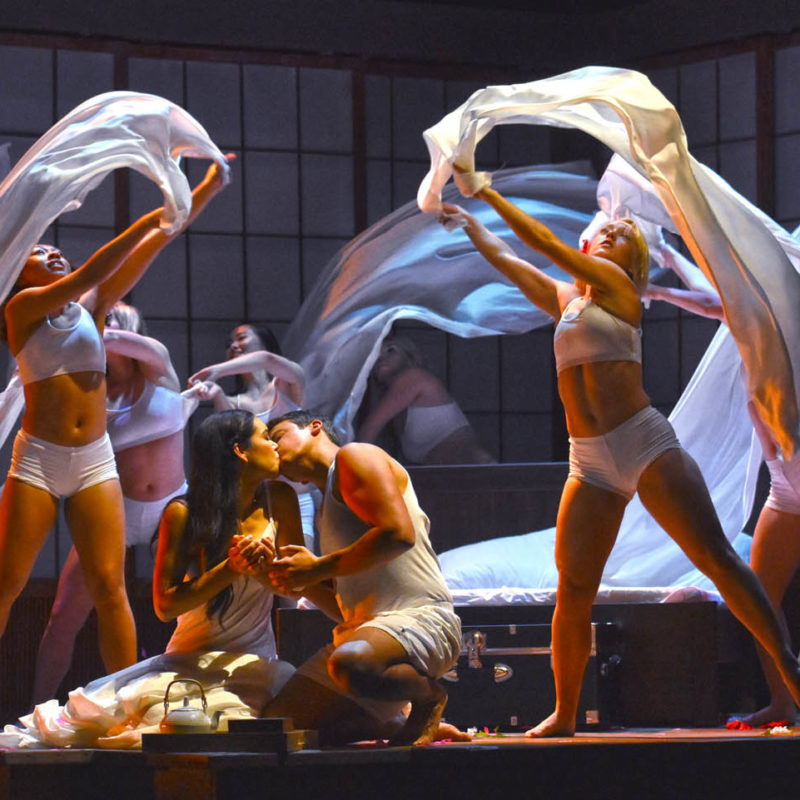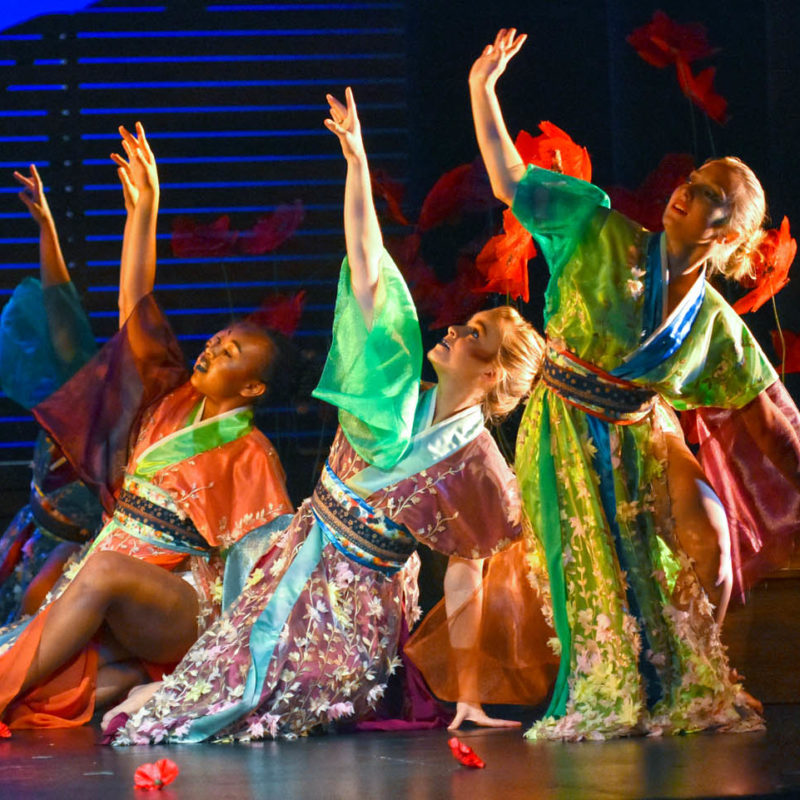
A contemporary approach to the classic, heartbreaking tale of a woman abandoned by the man she loves. An all-women creative team brings a fresh vision to Puccini’s Madama Butterfly, in a modern, tradition-breaking interpretation of this beloved work.
This is a first-time collaboration with the OSU Dance Department and features the Columbus Symphony Orchestra.
Each performance of Madama Butterfly will include ASL Interpretation, provided by Stagehands Performing Arts Interpreting.
Review: Opera Columbus production of “Madama Butterfly” focuses on people not culture
Be the ultimate insider in the production process this fall, and underwrite one of our artists.
Arrive early on Sunday!
Learn more about the operas and the fascinating stories behind them with informative and lively discussions hosted by Joshua Borths, Director of Opera and Musical Theater at Capital University. Arrive 45 minutes early for these pre-show talks that are FREE to ticket holders, held in the Seneca Room at the Westin Hotel, and include complimentary desserts and coffee.
CAST & CREATIVE
DIRECTOR'S NOTES














